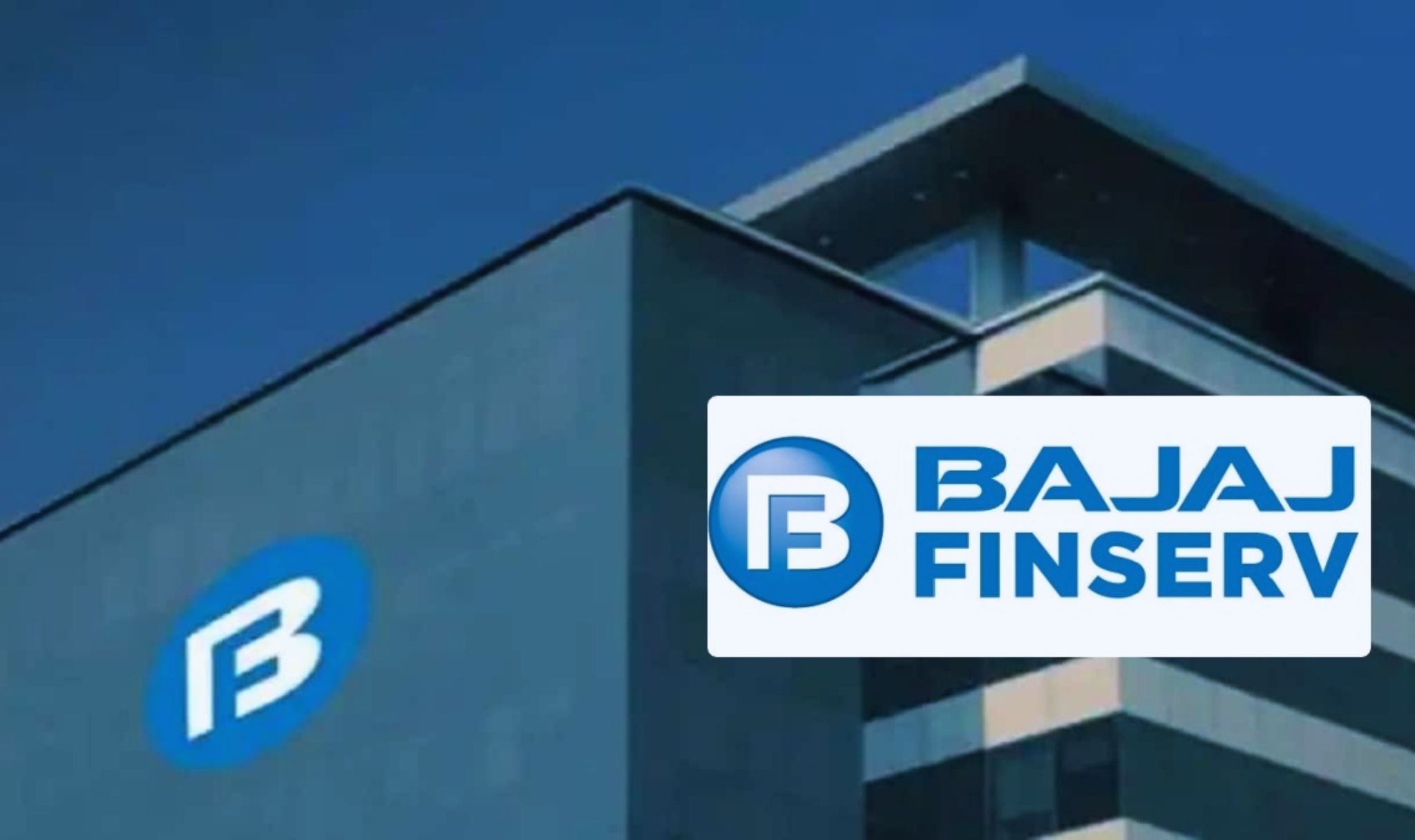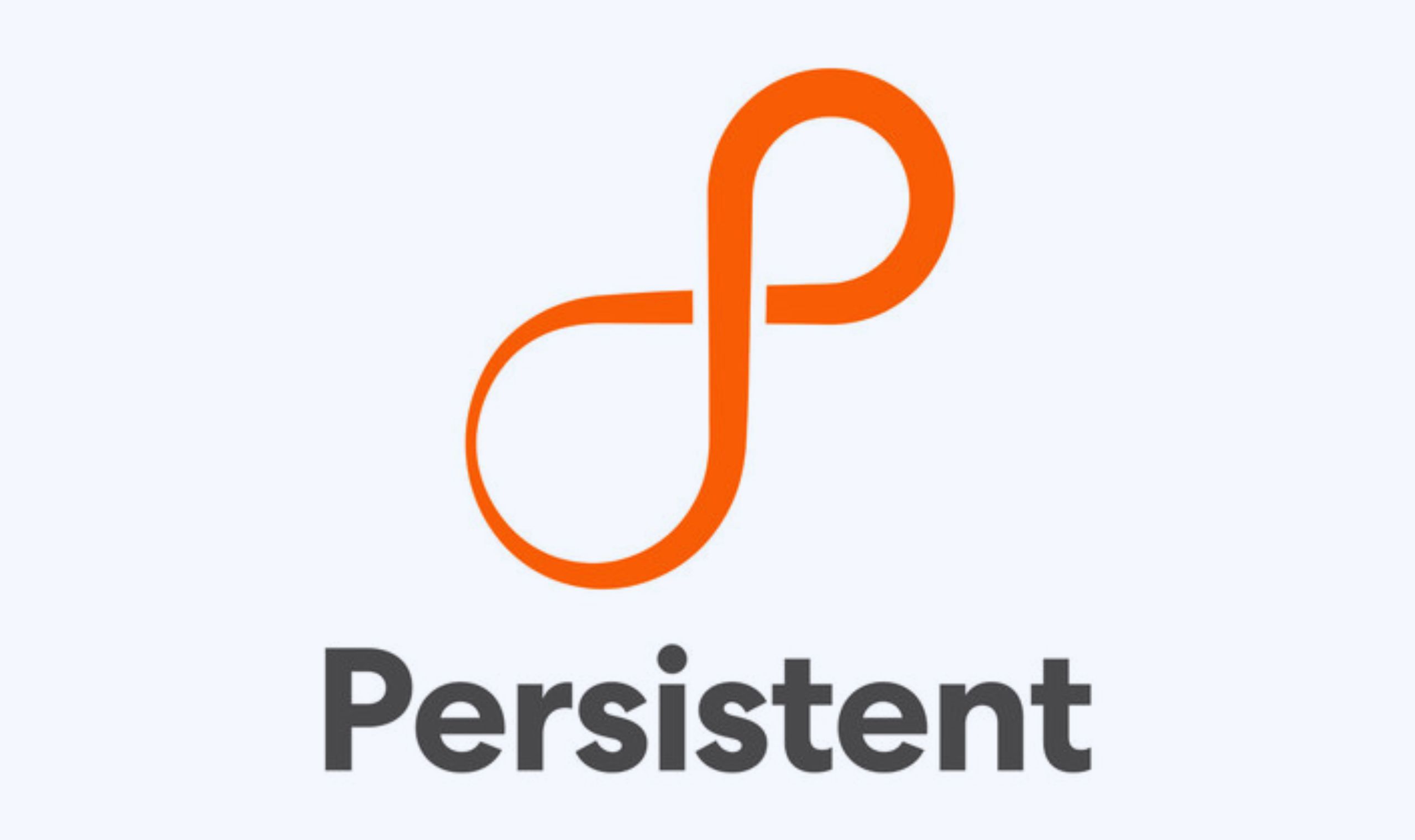Swiggy shares, a leading food delivery and quick commerce platform in India, made a splash in the stock market since its public debut. As with most new listings, its stock has seen some volatility. December 11: Shares of Swiggy dropped by more than 4% in early trade, as a correction after the expiry of the one-month lock-in for anchor investors. One needs to read between the lines of this negative market reaction immediately about the reasons behind the fall, its short-term implications, and what further potential Swiggy would have in India’s booming quick commerce sector. This blog will attempt to discuss factors that affect Swiggy’s stock price movement, prospects for the company’s growth, and the overall market situation that an investor should be aware of.
What Caused the 4% Decline in Swiggy’s Stock Price?
On December 11, 2024, Swiggy shares, which were trading positively, declined by more than 4%, thereby reversing the gains from the previous session. The stock dropped due to the end of the lock-in period for anchor investors, who have been holding since Swiggy’s IPO. The lock-in period is a time frame set where significant investors, such as anchor investors who buy big blocks of stock before the IPO, cannot sell their shares. Once the lock-in period ends, those shares are available to be traded, which usually results in profit booking and selling.
In the case of Swiggy, 6.5 crore shares, which account for a meagre 3% shareholding of the company, became eligible to trade as the lock-in period expired. This increased availability of shares in the market often leads to downward pressure on the stock price because investors may rush to offload their holdings to realize their profits.
It is important to note that although these shares became eligible for trading, not all of them were sold. The possibility of such transactions created a sense of caution among market participants, which also released some pent-up selling pressure, contributing to the stock’s fall.
Despite the 4% drop in a single trading session, it is important to consider that the stock had surged 25% since its market debut. The stock was still up by 21% from its listing price, reflecting the market’s general optimism regarding Swiggy’s growth and potential. Therefore, the drop could be viewed as a natural correction following the surge and the expiration of the lock-in period, rather than a sign of long-term weakness.
Time Expires: The Lock-In Period Impact
The expiration of the lock-in period is usually one big event for stocks that are new to the market. For companies like Swiggy, the lock-in period prevents major investors from selling off their shares right after the IPO as this creates too much volatility in the price. Once the lock-in is released, they can sell these shares, thereby increasing supply in the market.
While the end of the lock-in period does not necessarily mean all the shares will be sold, it does allow investors to book profits, especially after a good run since the IPO. In the case of Swiggy, the stock had already appreciated significantly post-listing, leaving room for investors to book profits. The natural consequence of this process is often a temporary dip in the stock price, as witnessed on December 11.
However, it is important to note that this kind of price movement is not unusual for newly listed stocks. Many stocks experience similar fluctuations after the expiration of lock-in periods, which has resulted in short-term price movements.
Swiggy’s Growth Prospects: The Indian Quick Commerce Boom
While the short-term price movements might look concerning, Swiggy’s long-term growth prospects are quite strong. The Indian quick commerce and food delivery industry, in which Swiggy operates, is growing rapidly, and Swiggy is well-positioned to capture a significant portion of this expanding market.
Quick Commerce: A High-Growth Sector
Quick commerce, or q-commerce, is the speedy delivery of goods and services within an hour or less. Swiggy has ventured into quick commerce through its flagship service, Swiggy Instamart, in competition with Zomato’s Blinkit and other emerging players like Zepto. The demand for faster and more convenient delivery services has increased, particularly with the increasing adoption of e-commerce, online grocery shopping, and food delivery services in urban areas.
CLSA believes that the quick commerce sector in India may grow sixfold between FY24 and FY27, with the demand for instant deliveries rising significantly. Swiggy’s strategic foray into this space would put it in an ideal position to cash in on this growth in the future. Its ability to scale up Instamart services and increase the dark store network will be the key to its future success because consumers constantly demand faster delivery times and greater variety.
Market Share and Competitive Positioning
Swiggy has a considerable market share in the Indian food delivery market but still competes fiercely with leader Zomato. Swiggy has, however, been able to close the gap with Zomato due to aggressive marketing, partnerships, and expansion into new areas like quick commerce. The company will likely remain on Zomato’s heels, at least for now, and have a potential challenge for its top spot in the future.
In addition, Swiggy’s dark stores, which are undergoing significant expansion to support its Instamart service, are crucial to the company’s quick commerce strategy. Dark stores are dedicated warehouses intended to store merchandise for fast delivery; thus, scaling the network will help Swiggy meet all increasing demands and efficiency in delivery.
Valuation and Investment Potential
Although Swiggy’s stock suffered a sudden decline in share price, its overall long-term growth is intact. Analysts have underlined that Swiggy’s current cheaper valuations compared to the same firm’s Zomato make it more attractive to invest in for those who seek exposure to the growing quick commerce market. While the stock is likely to face short-term headwinds in terms of volatility caused by market corrections or profit booking after the lock-in period expires, the company’s long-term prospects are positive.
CLSA, the brokerage firm, initiated coverage on Swiggy, citing healthy growth prospects for food delivery and quick commerce. The brokerage has marked a target price of Rs 708, implying a 32% upside from its current levels. CLSA also highlighted improving execution capabilities and opportunities regarding its established food delivery business and its growing quick commerce operations.
Short-Term Challenges: Retail Segment and Competition
Despite Swiggy’s bright long-term prospects, investors should be aware of many short-term challenges. One key area of concern could be softness in Swiggy’s retail segment, which may take a couple of quarters more to improve. The retail business is currently suffering some headwinds, and Swiggy’s efforts to improve profitability in that segment will be vital to watch.
Swiggy will continue to face competition from Zomato in food delivery and other quick commerce players. Still, according to analysts at CLSA, competition will not be an issue as the market expands to accommodate more players. For service differentiation, Swiggy needs to leverage superior service, faster delivery times, and an ever-expanding product list.
Conclusion: Swiggy’s Long-Term Potential Remains Strong
While Swiggy’s stock could certainly experience a short-term fall in its stock price once the lock-in period has expired, the company’s company’s long-term prospects in quick commerce are expected to grow to gigantic proportions over the following few years, and Swiggy is well-placed to capture the trend. Its plan to dominate the market begins with the launch of its Gig series for gig workers and the expansion of its Instamart service.
Investors looking at Swiggy’s stock should focus on its long-term growth potential rather than its short-term volatility. Swiggy has a solid business model, with a dominant market share in food delivery and a growing presence in quick commerce. This can ensure the company’s continued success in the Indian market.
In the short term, there could be some problems stemming from softness in the retail segment and competition from Zomato and other players; however, Swiggy’s diversified business model, strong market positioning, and strategic investments in technology and infrastructure give it the tools to succeed in the long term.















0 Comments